1. The Junk Drawer
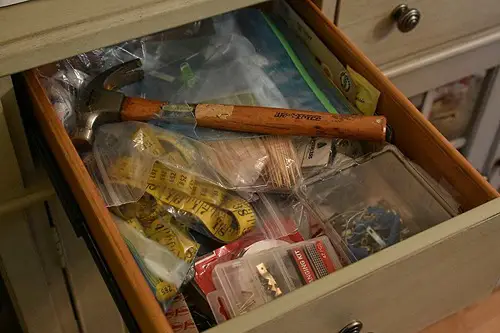
You know the one. That chaotic collection of rubber bands, expired coupons, broken tape measures, and mystery keys has barely changed since the Clinton administration. Rifling through it can feel like unearthing your family’s subconscious. You’re not just looking for scissors—you’re sifting through years of decisions not to decide.
It brings up unresolved tensions in a low-stakes but emotionally loaded way. Why is there still a house key from three addresses ago? Why does Dad hoard dead batteries? It becomes a metaphor for everything your family never dealt with, and sometimes, what you’ve inherited—literally and emotionally.
2. The Fridge
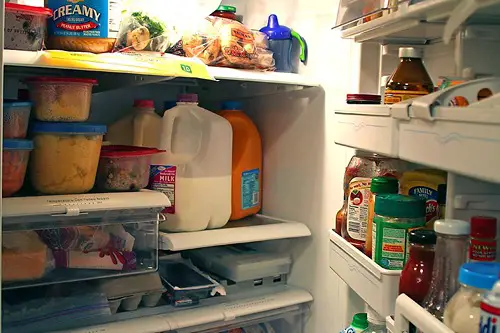
Opening your parents’ fridge can feel like stepping into a time capsule—and not in a good way. Expired condiments, ancient leftovers, and your sibling’s favorite snack (that somehow always gets restocked) bring on a quiet storm of feelings. It can instantly remind you of the food rules you grew up with—whether you followed them or rebelled. One sniff of old meatloaf and suddenly, you’re 14 again, begging for takeout.
The fridge becomes a symbol of what hasn’t changed, and what has. You may notice how your mom still buys your “favorite” yogurt, even though you haven’t eaten dairy in five years. Or worse, your healthy habits get mocked for being “too LA” or “fancy.” It’s just a fridge, but it stores a lot more than food.
3. The Family Photo Wall

That wall of smiling faces near the staircase? It can hit like a freight train. Maybe your ex is still up there, or you’re conspicuously absent from major family milestones. Even subtle things like your cousin’s three graduation photos and your single kindergarten pic sting a little.
These galleries tend to freeze family dynamics in time. It’s easy to spot which achievements got celebrated and which were brushed aside. If you’ve changed your name, identity, or even just your hairstyle, the dissonance between then and now can feel massive. Suddenly, you’re wondering if you were ever really “seen” at all.
4. The Sofa

The sofa is the emotional control center of many households, and returning to it can be disorienting. It’s where you used to watch cartoons, fought over the remote, or cried over teen heartbreaks. Sitting there again, with your adult body in a childlike role, reboots emotional patterns you thought you outgrew. And let’s be honest: nothing makes generational tension boil over faster than the TV choices.
It’s also where serious conversations happen—the unexpected “Can we talk?” moments. Or worse, it’s the arena for passive-aggressive comments volleyed during commercials. If the seating arrangement still leaves your dad the remote and you squished on the armrest, prepare for some psychic regression. It’s just fabric and foam, but it can hold decades of power dynamics.
5. The Thermostat
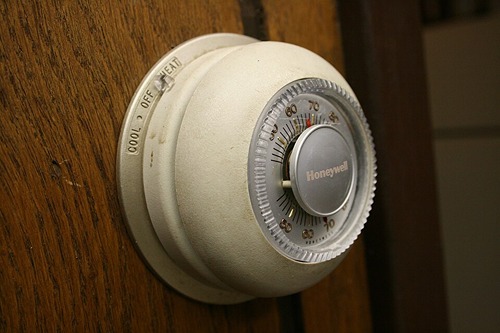
You’d think a dial on the wall would be harmless, but think again. Every family has an unspoken climate treaty, and woe to the person who violates it. Changing the temperature—even slightly—can spark a cold war, no pun intended. “Who touched the thermostat?” isn’t just a question; it’s a challenge.
For grown kids visiting home, adjusting it can feel like reclaiming autonomy. But for parents, it’s often tied to control, frugality, or even physical comfort. It’s not really about the heat—it’s about whose preferences matter. And when Mom is sweating in a fleece because you dropped it to 72, it’s suddenly very personal.
6. The Guest Towels
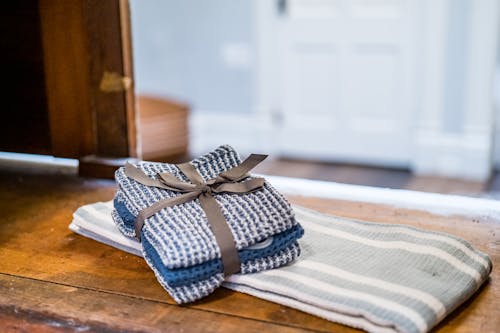
They’re the “fancy” ones you were never allowed to touch as a kid—and now, still aren’t. Trying to be respectful, you use the old, scratchy ones, and get side-eyed for doing it “wrong.” These towels are like relics of an imagined lifestyle, pristine and untouched, signaling the value of appearance over comfort. They often trigger a deeper sense of “not good enough.”
It’s less about terrycloth and more about roles and rules. Using them without asking might be read as entitlement; avoiding them might read as distance. The emotional message is clear: this home has unspoken boundaries, and you still don’t quite know them. All this from a towel that hasn’t dried a single hand since 1997.
7. The Garage
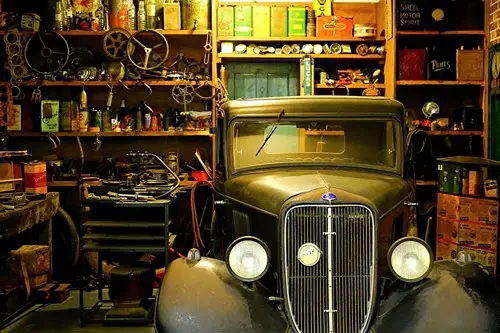
Garages often double as memory warehouses, with every box a Pandora’s chest of unresolved emotion. You open one looking for the Christmas decorations and find your old varsity jacket or your brother’s untouched science fair project. It’s a shrine to abandoned ambitions and family secrets. You weren’t expecting an existential crisis between the weed killer and the holiday lights, but here you are.
Some families treat the garage like a no-go zone, which only increases the tension. It’s where “we’ll deal with it later” goes to die. If your parents are aging, it can also become a reminder of future responsibilities. And yes, the car still has that dent you got in 2004—thanks for noticing.
8. The Bookshelf

At first glance, it’s just a collection of novels and cookbooks. But scan a little closer and you’ll find dog-eared parenting books, religious texts, or titles that hint at long-past self-improvement kicks. There’s always one or two books that feel like veiled commentary: Why Men Love Bitches, Toxic Parents, or Chicken Soup for the Guilt-Tripping Adult Child. They weren’t subtle before, and they’re not subtle now.
Bookshelves reflect what your parents wanted to learn, fix, or reinforce—often about you. Seeing your own childhood literature mixed in, untouched, can be a reminder of what never grew. Or you may spot a book you gave them, still pristine, which stings in its own way. Either way, it’s a silent conversation you didn’t ask to have.
9. The China Cabinet
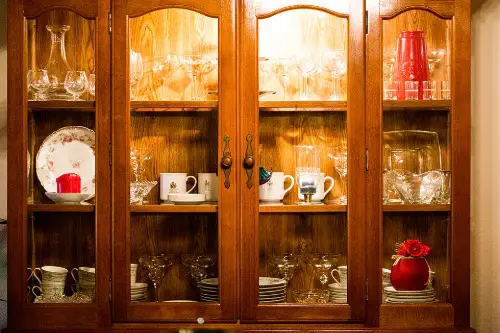
That glass-doored monolith in the dining room is more than a dust magnet. It’s a symbol of family aspirations—dinners that never happened, traditions that got dropped, status that was maybe never real. You open it and realize the “special occasion” dishes were used twice in 30 years. And yet, they’ve been preserved like holy relics.
There’s guilt wrapped up in that cabinet—guilt for not having kids to inherit it, guilt for not “making enough” of family time, guilt for considering selling it all on Facebook Marketplace. It holds the weight of expectation and lost opportunity. And it’s often the last place your grandmother’s handwriting still exists, scribbled on a serving dish box. Suddenly, you’re negotiating with ghosts over porcelain.
10. The Old Bedroom

Your old room is never quite how you left it. Maybe it’s a shrine, untouched since senior year, or maybe it’s been turned into a home gym or sewing corner. Either way, stepping into it is like slipping on clothes that don’t fit anymore but are too loaded to toss. The wallpaper or that one embarrassing poster still hanging? Emotional ambush.
This room holds the blueprint of who your family thought you were—and maybe who you used to be. Seeing trophies, journals, or childhood art makes you feel proud and cringy in equal measure. If it’s now “the guest room,” it can sting to realize you’ve been edited out. And if it’s exactly the same, it can sting even more.
This post 10 Everyday Objects That Become Emotional Landmines During Family Visits was first published on Greenhouse Black.
